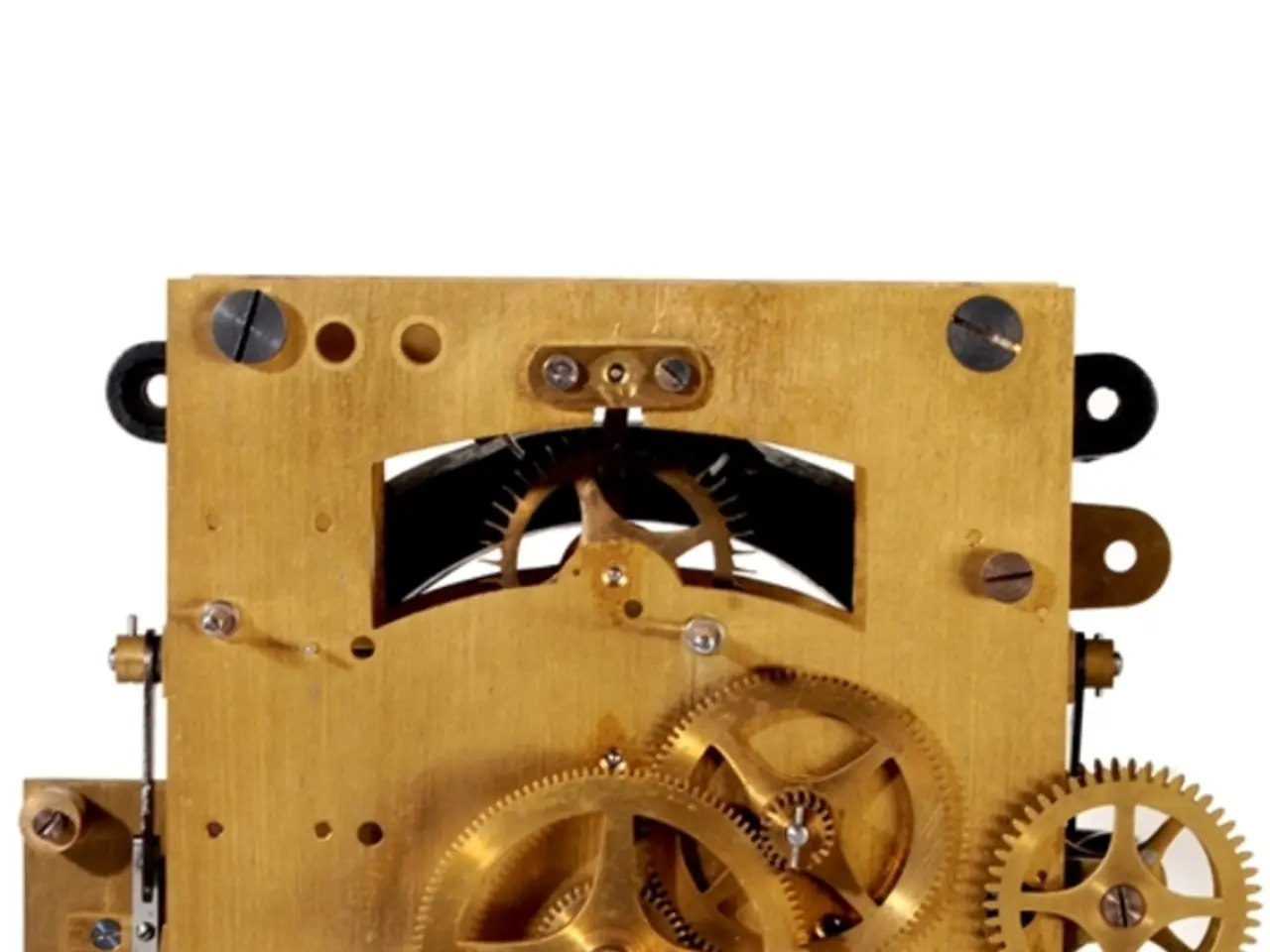Neurosymbolic Transition: Why Pure Language Models Reach Their Limitations
In the realm of artificial intelligence (AI), a significant paradigm shift is underway with the rise of Neurosymbolic Language Models (LLMs). These cutting-edge models are set to revolutionise the AI landscape, particularly in sectors like healthcare, finance, and law, where accuracy, transparency, and interpretability are paramount.
Unlike traditional Large Language Models (LLMs), Neurosymbolic LLMs tightly integrate neural learning with symbolic reasoning, creating a powerful synergy that addresses the limitations of purely neural LLMs. By combining the pattern recognition capabilities of neural networks with the abstract reasoning and explicit logic manipulation of symbolic systems, these models process and reason about information in a more human-like and explainable manner.
Key advancements of Neurosymbolic LLMs include better generalization and complex reasoning, improved accuracy and reduced hallucinations, enhanced transparency and interpretability, more efficient learning and knowledge transfer, and multimodal and multitask capabilities.
- Better Generalization and Complex Reasoning: Neurosymbolic models can explicitly represent and manipulate symbolic structures, facilitating the handling of complex, multi-step reasoning tasks more robustly than traditional LLMs.
- Improved Accuracy and Reduced Hallucinations: By embedding symbolic logic and reasoning, these models are less prone to generating factually incorrect or hallucinated content, addressing a major limitation of purely neural LLMs.
- Enhanced Transparency and Interpretability: Neurosymbolic LLMs produce intermediate symbolic representations that explicitly track inference steps, making the models’ reasoning processes more interpretable to humans.
- More Efficient Learning and Knowledge Transfer: These hybrid systems require less training data and can incorporate new knowledge more flexibly without complete retraining, improving adaptability and memory integration.
- Multimodal and Multitask Capabilities: By blending neural perception modules with symbolic reasoning, neurosymbolic models excel in tasks that require understanding and reasoning across multiple data types or domains.
Google DeepMind's systems, such as AlphaFold, AlphaProof, and AlphaGeometry, are prime examples of the potential of Neurosymbolic LLMs. These systems combine LLMs with symbolic reasoning to achieve outstanding results in protein folding, mathematical theorem proving, and geometric problem-solving.
The European Union's AI Act and similar regulations are pushing companies to adopt AI systems that demonstrate accountability and transparency. As the industry shifts towards Neurosymbolic LLMs, these models are expected to play a crucial role in meeting these regulatory requirements.
However, the challenge lies in developing systems where neural and symbolic components work seamlessly together, allowing machines to reason and understand the world like humans. The future goal of Neurosymbolic LLMs is to enable them to dynamically integrate with different reasoning modes without losing consistency.
While the pure LLM era promised that bigger models would produce better results, recent developments have shown its limits. Neurosymbolic LLMs, with their superior ability to explain decisions, are increasingly attractive to companies that value both innovation and trust. Integrating symbolic tools into models has shown to improve performance dramatically compared to scaling alone.
In conclusion, Neurosymbolic LLMs represent a promising evolution of traditional large language models, merging the pattern recognition strengths of neural networks with the interpretability and reasoning capabilities of symbolic AI to better handle complex language tasks with greater reliability, insightfulness, and efficiency.
- In the realm of Neurosymbolic Language Models (LLMs), the combination of neural learning and symbolic reasoning enables better generalization and complex reasoning, addressing the limitations of purely neural LLMs when handling multi-step tasks.
- The improved accuracy and reduced hallucinations in Neurosymbolic LLMs, achieved by embedding symbolic logic and reasoning, make these models more reliable and trustworthy compared to traditional LLMs in sectors where accuracy and interpretability are paramount.




